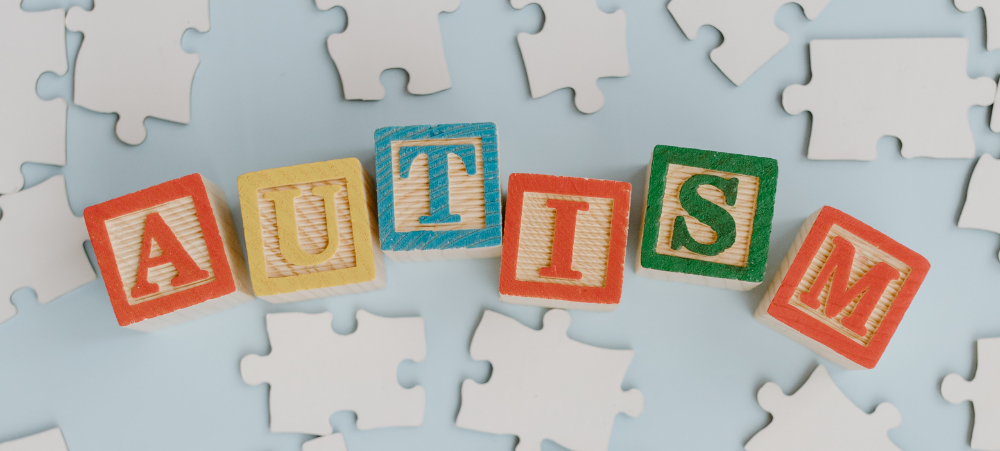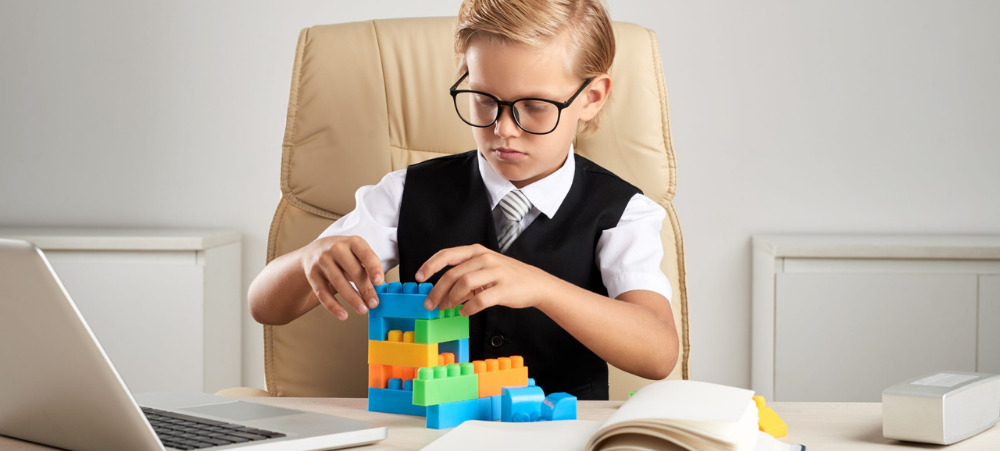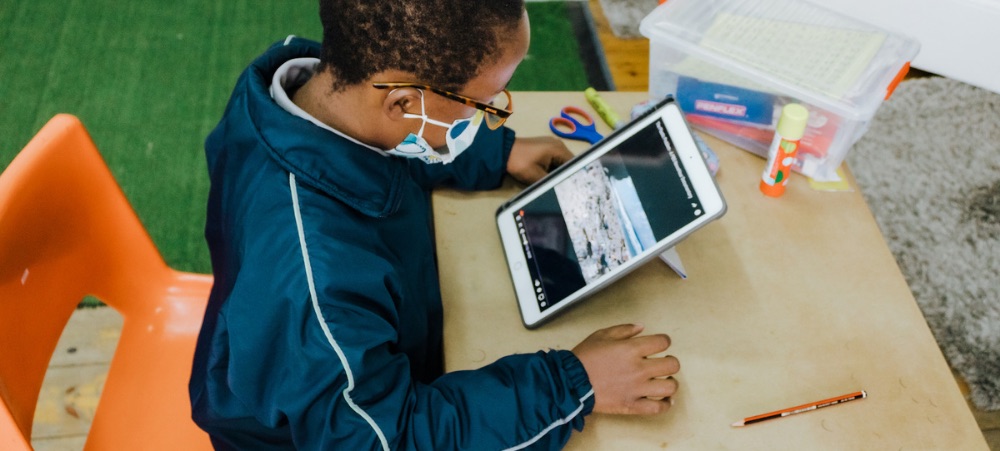Remedial vs Special Needs There is often some confusion regarding the meaning of remedial and special needs and how schools adapt to the students’ different needs. A remedial program is for learners who have average or higher intellectual abilities but who are not performing well in school. At Glenoaks, learners in the remedial stream sometimes have intellectual test scores below average, but we find that they have the capability to cope in an academic program. Thus our admissions process looks at overall ability and not simply a test score. Typically, remedial students are not struggling because of their intellectual abilities but instead with one subject area like reading, writing or mathematics. Learners may experience various barriers to learning, or learning challenges, including dyslexia, dyspraxia, visual difficulties, ADHD, mild autism, dyscalculia, language delays etc. Remedial programs usually focus on narrowing or closing academic gaps, to the extent that the learner can be re-introduced to a mainstream schooling system. Our remedial stream follows the Grade 1 – 7 CAPS curriculum with accommodations, differentiation and adaptations depending on learners’ needs. The majority of the learners in our remedial stream enter mainstream schools or supportive high school environments and successfully achieve good grade 12 results. Many have continued to further their studies at universities, colleges and other tertiary institutions. We are particularly proud of our past pupils who have become high school prefects and head prefects. Special education differs from remedial education because the learners in these programs lack the intellectual ability to perform in a class that teaches standardised concepts and subjects. The students in these classes may lack social maturity, emotional maturity, physical ability or the analytical skills that are needed to perform in a remedial or a mainstream classroom environment, in addition they may experience global developmental delays. Special needs programs are often individualised with the aim of helping the learner to become a functional, employable adult. In our special needs streams we focus on functional subjects in literacy, numeracy, life skills, and world knowledge, and offer learners exposure to a variety of practical and project-driven vocational subjects such as hospitality, IT and enterprise. At Glenoaks we have two special needs streams; namely the GOAL stream and the Oak House Vocational Academy. Glenoaks Assisted Learning (GOAL) Stream The GOAL Stream caters for learners from the ages of 6 to 14 who have special educational needs which inhibit them from learning in the ‘traditional classroom’. Often our learners’ chronological and developmental ages differ significantly, and it’s important that they learn according to their abilities and at their own pace. GOAL Stream learners have differing areas of strength, often exhibited in practical tasks. They benefit from repetition, positive reinforcement and reduced time pressure; aiming at functional skills of daily living within their levels of ability. We work on individualised numeracy and literacy programs with each learner. Other subjects include: life skills, activities of daily living, cooking, supported reading, home management, basic administration skills, computers, library, sport, social and emotional skills, Occupational Therapy group, Speech, Language and Communication group and art. Older learners have opportunities for project-based learning in preparation for in-house work experience. Oak House Vocational Academy Oak House Vocational Academy was conceived from the need to provide an appropriate setting for specific learners with special needs from our school, and from the broader community, whose abilities and needs are not met in an academic setting. After intense research and planning both locally and abroad, a blueprint was formulated for our vocational academy – highly particular, uniquely crafted and finely tuned to Glenoaks’ vision. The Academy provides learners with a sense of purpose and self-worth, continued applicable academic input, emotional and academic support and an incremental exposure to the expectations and realities of the world of work. This culminates in a learner being more employable with practical work skills and experience in specific industries. If further training or employment opportunities exist for a graduate, those are facilitated and supported by Oak House Vocational Academy. Our Academy program is designed to expose students to a variety of vocational settings aligned to each individual’s strengths, abilities and areas of interest. Students learn the skills required for entry level jobs, and also focus on critical social skills, appropriate behaviours and attitudes required in the workplace. Prior to this, our students are taught a creatively crafted curriculum which includes academics, life skills, business skills, entrepreneurship, IT and admin skills, world knowledge, home management, hospitality, gardening, woodcraft and enterprise. Learners in the work experience program are gaining exposure to a variety of industries and businesses including retail, IT, hairdressing, production line, garden nurseries, schools, sport, robotics and many more. In 2019 the first group of students graduated from Oak House Vocational Academy and successfully commenced with further training, part time or permanent employment. Our School The school’s journey began over forty years ago in 1969 with Dr Lorna Swartz. She started a small school in Melrose for her daughter, who was then regarded as ‘learning disabled’. As word spread, other parents brought their children to Dr Schwartz, and Glenoaks School was born. Glenoaks School at this time was also one of the few schools who included learners of differing racial groups. In 1976 the school moved to Orange Grove. In 1981 Glenoaks expanded and moved to our current premises in Kensington. Dr Swartz’s vision has lived on through the leadership of Ms Peacock, Ms Patt, Mr Barnes and currently Mrs Caldeira. Many who visit the school remark on the friendly and nurturing atmosphere that permeates every aspect of Glenoaks School. The small class settings, individual and group therapies and the unwritten curriculum of care and concern help us to grow our learners socially, emotionally and academically. We strive to ensure that our students are intrinsically motivated and happily engaged in their own learning. We also strive to develop a sensitivity to and an understanding of academic, cultural and religious differences. Glenoaks has a multi-disciplinary team consisting of psychologists, occupational, speech & language, remedial and learning support therapists, as well as


































